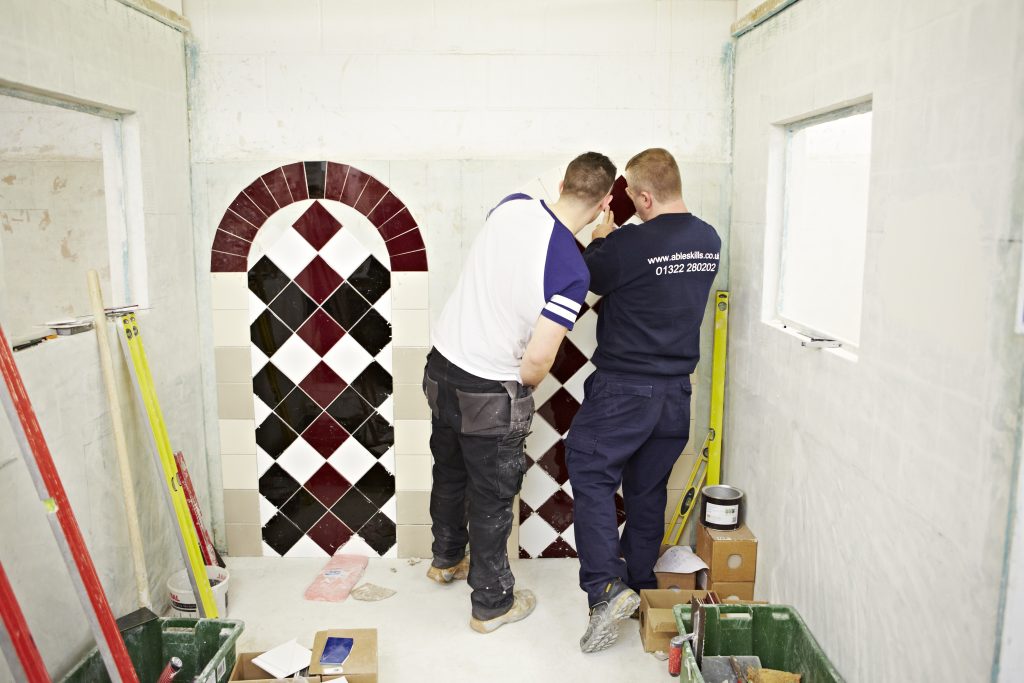
Tiles have become one of the most common materials used across the whole construction industry, and are a vital component when it comes to covering both walls and ceilings.
They’re often used when furnishing areas where water is present—bathrooms, kitchens, laundry rooms, etc—as a more durable alternative to carpet. They also boast useful sound-absorbing qualities and can be used to improve a room’s acoustics.
Whether being used for purely functional purposes, or to create a more decorative look such as mosaics, for someone researching what kind of tile to use, you may be a little surprised as to just how many different variations there actually are.
The popularity of tiles has led to the development of an array of different styles, each with their own unique set of benefits and individual selling points.
There are a number of things to keep in mind when deciding on what kind of tiling to use, including budget, surroundings and the desired aesthetic. Below, we’ve run through a few of the different kinds of tiles, along with the pros and cons of each.
Ceramic
Ceramic tiles are probably now the most common kind used in homes due to their combination of budget-friendly price point and versatility. Ceramic tiles can be used in just about any domestic setting and are one of the easiest to cut and lay.
Porcelain
The other most commonly-used tile on the list is porcelain, which is a frequent choice due to its ability to emulate natural stone, brick or wood—all without the same kind of maintenance. Porcelain is also suitable for outdoor use, another factor in its popularity.
Glass
Glass tiles are a favourable choice when looking for an eye-catching finish and an option with a high level of stain resistance. There is however, a clear drawback with glass tiling in that it's quite easy to chip if something is dropped onto it—for this reason, using it for more decorative surfaces as opposed to ones you frequently store things on is wise.
Metal
Metal tiles can offer a striking aesthetic that’s matched by a high level of durability. With that being said, the surface does tend to scratch almost immediately—many people like this effect, though it’s definitely something to keep in mind when mulling things over. Metal tiles also tend to veer on the more expensive side when compared to other alternatives.
Stone
If you’re trying to achieve a more traditional look to a room, then stone tiles can be the ideal choice. They can also be incredibly durable when looked after properly—though the maintenance involved can become an issue for some. If neglected, stone can begin to deteriorate which is something definitely worth factoring in when making your choice.
Terracotta
One of the most historic materials, the use of terracotta in building can actually be traced back centuries. While now far less common in comparison to porcelain and ceramic, terracotta has recently re-emerged as a favourite for those looking for a more vintage feel. While the tiles are incredibly tough, they’re also extremely porous, meaning they’ll need treating to ensure their longevity.
Whether you’ve never laid a tile in your life, have a little experience or are looking to add a valuable skill set to your existing trade knowledge, Able Skills offers a range of tiling courses geared towards all levels of expertise.
Unsure which course is right for you? Our team would be happy to help. Give us a call on 01322 280 202, request a brochure or visit our training centre for a chat.